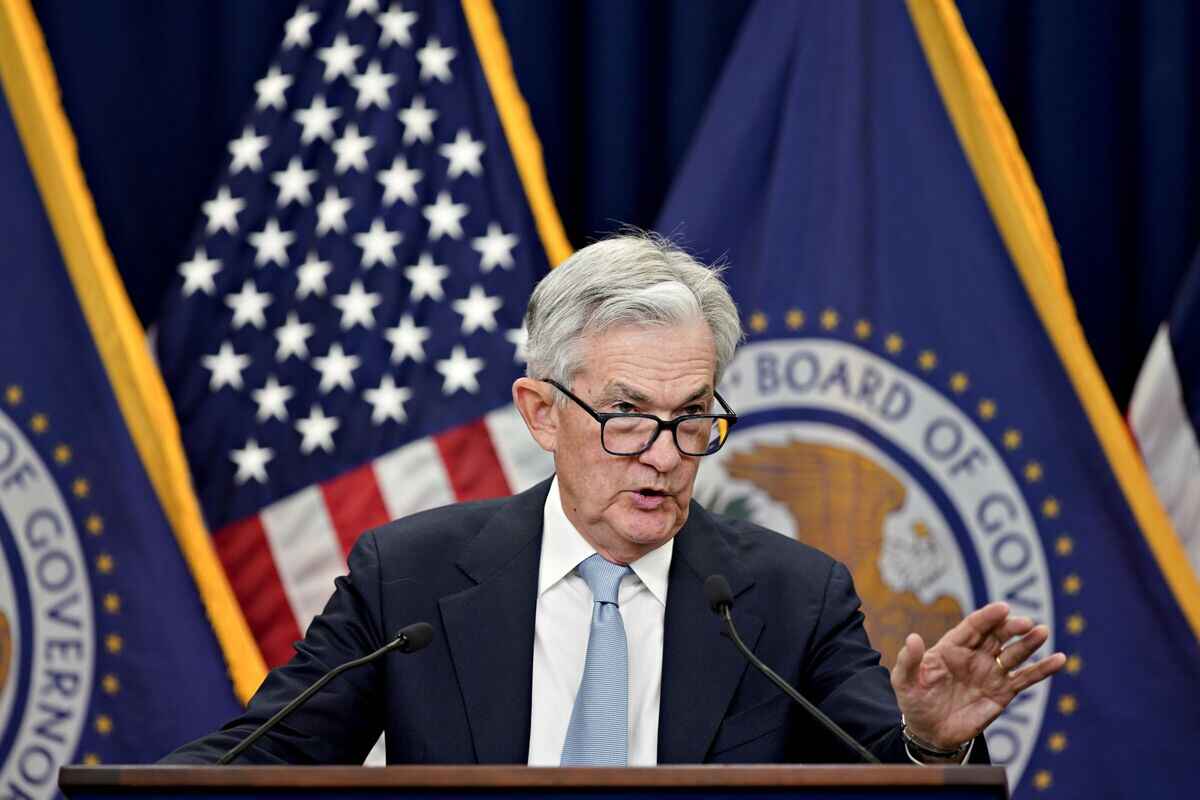Markets Anticipate Fed’s Delicate Balancing Act: Markets are anxiously anticipating the Fed’s answer to a complicated economic issue. Inflation must be lowered to 2 percent without producing a recession or high unemployment. The markets feel hopeful that the Fed has worked out this delicate maneuvering and cautious policy choices.
Despite the good news, we can’t relax. We are still at risk of the 2023 recession. Over the last year, the Fed has raised interest rates aggressively, the most since the 1980s, to combat inflation. Rate rises often hinder economic development and cost jobs to battle inflation. Results were shocking this time. Contrary to expectations, inflation and unemployment have been falling.


Market gurus applauded the falling inflation and strong labor market. Inflation is falling and the jobless rate is at a record low 3.6 percent. The epidemic and economic stimulus efforts helped boost inflation in recent years. The Fed first thought rising inflation was transitory, but when it lasted, it indicated its determination to tighten monetary policy.
Inflation rises and falls are hard to explain. Supply chain interruptions, fiscal and monetary stimulus, and geopolitical considerations like Russia’s Ukraine activities contributed. Inflation’s fall has unclear causes. Other variables may have contributed to the Fed’s rate rises.
The stock market has performed strongly, particularly for IT heavyweights like Nvidia, Apple, Facebook (Meta), Google (Alphabet), Tesla, and Microsoft. Market optimism is high. Pent-up travel demand has also boosted cruise companies. Rate hikes seem to have no detrimental effects on the markets.
Read Also: Mayor Eric Adams addressed the migrant: Federal Aid Amid Soaring Migration
But be careful. Credit card interest rates are straining customers. Regional banks have lost bonds due to rising rates, affecting housing and commercial real estate. Wall Street still expects a recession in 12 months, even if some experts are decreasing the likelihood. Pantheon Macroeconomics head economist Ian Shepherdson warns that credit restrictions might stall GDP or cause a recession.


The Fed’s meeting may reveal its intentions. Federal funds rate futures expect another 0.25-point hike. The Fed’s staff forecasts a “mild” recession this year, but markets don’t. Rate increases may follow inflation or other economic shocks.
Finally, the Fed’s capacity to balance inflation, economic growth, and market stability is dubious. The recent drop in inflation is great, but the issue is complicated. Investors must be prepared for economic changes.
Also Read: Tornado Fury Strikes In North Carolina: Pfizer Plant Ravaged, Interstate Closed
Our Reader’s Queries
What is a delicate balancing act between?
Juggling multiple responsibilities, such as a career, a household, and motherhood, requires finesse. It’s like walking a tightrope, trying to navigate competing demands and find a harmonious equilibrium.
Has the Fed been quantitative tightening?
The debate is focused on how the Fed is managing its financial liquidity, specifically with regards to ‘quantitative tightening’. Over the last 18 months, the Fed has been gradually selling off its massive $7.8 trillion balance sheet of bonds and bills.
Why the Federal Reserve’s shrinking balance sheet matters?
The Federal Reserve has steadily decreased its balance sheet, a strategy known as quantitative easing. This approach aims to curb a red-hot economy, slow down growth, and combat inflation during periods of excessively high prices.
How did the Federal Reserve Act stabilize the economy?
The 1913 Federal Reserve Act is a law in the United States that formed the Federal Reserve System. Congress passed this act to set up economic balance in the U.S. by bringing in a central bank to supervise monetary policy.

